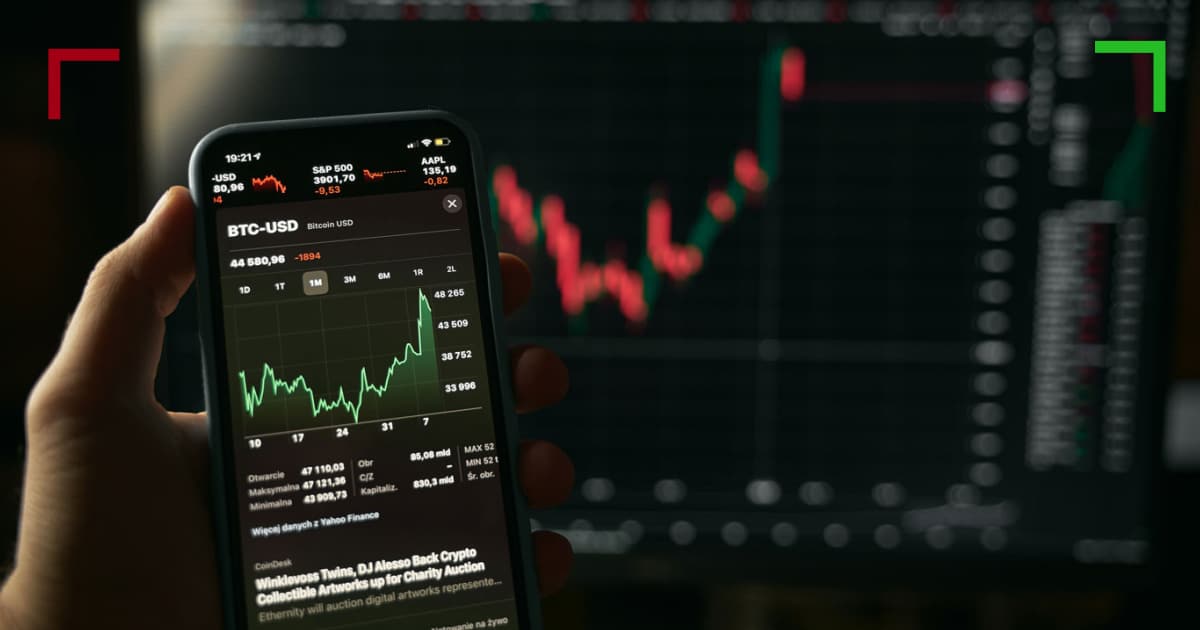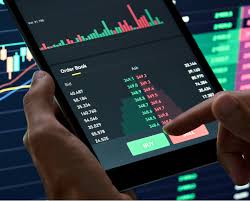
Understanding the Risks and Rewards of Crypto Margin Trading
Crypto margin trading has become a popular method for traders to amplify their cryptocurrency investments. By using borrowed funds, traders can leverage their positions to potentially yield higher returns. This approach brings with it a mix of opportunities and risks cognitive of the volatile nature of cryptocurrencies. For further insights on trading strategies, visit Crypto Margin Trading http://del.gr/component/k2/item/23/23?start=2310.
What is Crypto Margin Trading?
Margin trading is a strategy that allows traders to open positions that are larger than their actual capital. It involves borrowing funds from a broker or trading platform, allowing for potentially greater returns on investment. However, this also means that traders can incur significant losses if the market moves against them.
How Does It Work?
To begin margin trading, a trader must first open a margin account with a cryptocurrency exchange. This account requires an initial deposit, known as the “margin.” The margin is a portion of the trade’s total value—essentially collateral for the borrowed funds.
For example, if a trader wants to buy $10,000 worth of Bitcoin using a margin of 10%, they would need to deposit $1,000. The remaining $9,000 would be borrowed from the exchange. If the price of Bitcoin rises, the trader can sell their position for a profit, repay the borrowed amount, and keep the difference. Conversely, if the price falls, the trader can face a margin call—requiring them to deposit more funds to maintain the position or risk liquidation of their assets.
Leverage in Margin Trading
In crypto margin trading, leverage is commonly expressed as a ratio, such as 2:1 or 10:1. A 2:1 leverage means that for every $1 a trader invests, they can borrow $1. This increases both potential profits and potential losses. Higher leverage ratios can lead to larger gains, but they also amplify the risk, making it essential for traders to manage their exposure carefully.

Benefits of Crypto Margin Trading
- Increased Profit Potential: The most significant advantage of margin trading is the ability to enhance profit margins. With a relatively small investment, traders can control larger positions, allowing for more substantial profits.
- Diverse Trading Strategies: Margin trading opens up a range of trading strategies, including short selling. Traders can profit from falling prices by borrowing and selling an asset, then buying it back at a lower price.
- Access to More Opportunities: Enhanced buying power allows traders to seize more market opportunities, whether in bear or bull markets.
Risks of Crypto Margin Trading
While margin trading can provide opportunities for profit, it is not without significant risks:
- High Volatility: Cryptocurrency markets are known for their price volatility. Rapid price movements can lead to substantial losses, especially when leverage is involved.
- Margin Calls: If a trader’s account value falls below a certain threshold, they may receive a margin call, requiring additional funds to keep the position open or facing liquidation.
- Potential for Total Loss: In the worst-case scenario, traders can lose their entire investment and additional borrowed funds if their positions are liquidated.
Risk Management Strategies
To mitigate risks associated with margin trading, traders should consider implementing several strategies:
- Set Stop-Loss Orders: Using stop-loss orders can help limit potential losses by automatically closing a position when it reaches a certain price.
- Use Appropriate Leverage: It can be tempting to use high leverage for the potential of quick profits, but lower leverage reduces risk exposure. A conservative approach is often more sustainable.
- Continuous Learning: The cryptocurrency market is constantly evolving, and staying informed about market trends, technologies, and trading techniques can help traders make better-informed decisions.
Final Thoughts
Crypto margin trading can be an exciting way to enhance profits and diversify trading strategies, but it comes with significant risks. It’s essential to approach margin trading with caution and a well-planned strategy to manage risk effectively. Before diving into margin trading, consider your risk tolerance, educational resources, and, most importantly, never invest more than you can afford to lose.
